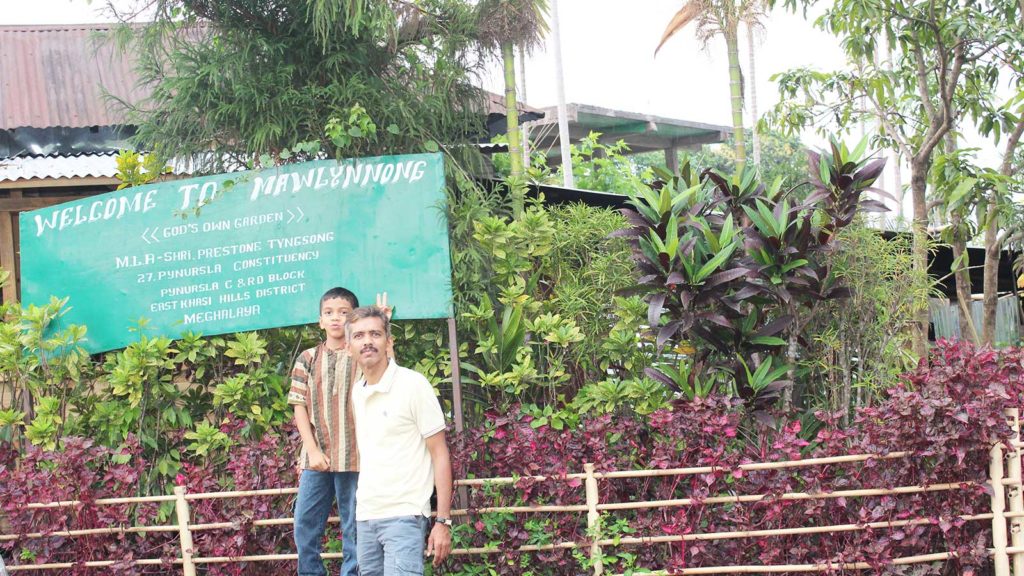#1) No Dowry. India’s largest & only Matrilineal system is followed in Meghalaya, where the daughters inherit their ancestral property & the last names.
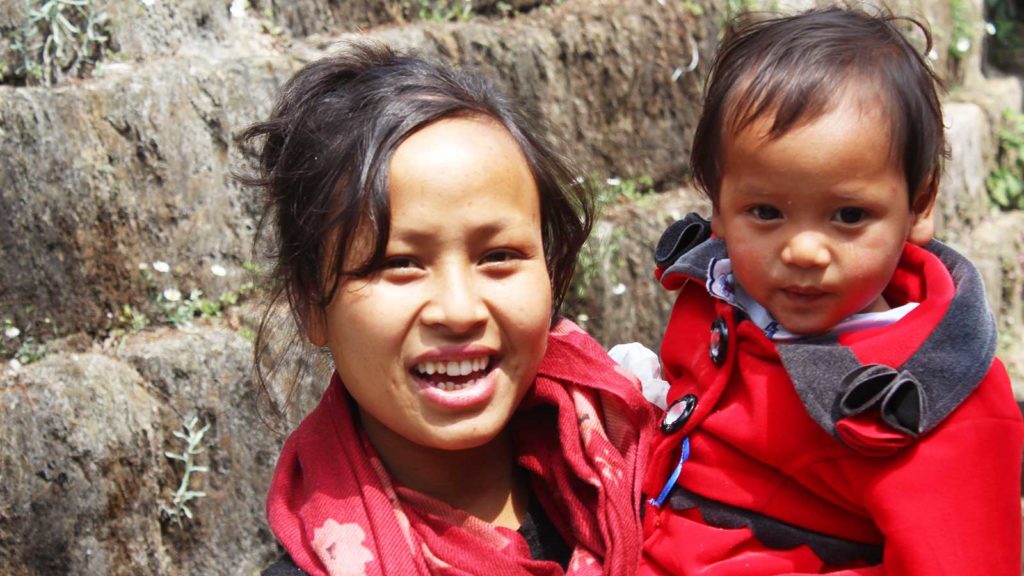
#2) Northeast India region’s people identify themselves as ‘hill people’, the plains tribes and the non-tribal populations of the plains.
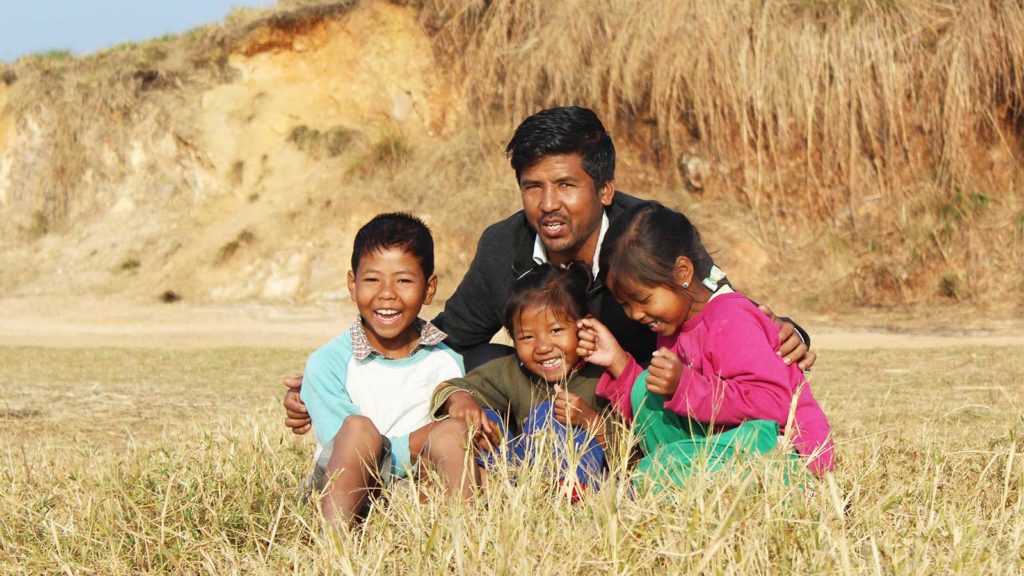
#3) As per Guinness World records 2007, the Nagaland Chilli has the record for being the hottest chilli in the world. It’s termed as the ghost pepper or locally called “Bhut Jolokia”. Surprisingly, there’s a bizarre hot Chilli eating competition held annually in Nagaland during the famous Hornbill Festival in December.

#4) Come face-to-face with the last surviving Headhunters of Nagaland. The intriguing and exotic tribal state of Nagaland in North East India is home to a tribe that until recently severed off the heads of enemies and intruders and proudly displayed them outside their houses. Though the practise was stopped long back, the tribe lives on to tell the stories of Nagaland’s Headhunters.

#5) Sikkim’s Kanchenjunga National Park is the only ‘Mixed World Heritage Site’ on UNESCO World Heritage List, by fulfilling the nomination criteria under both natural and cultural heritage.
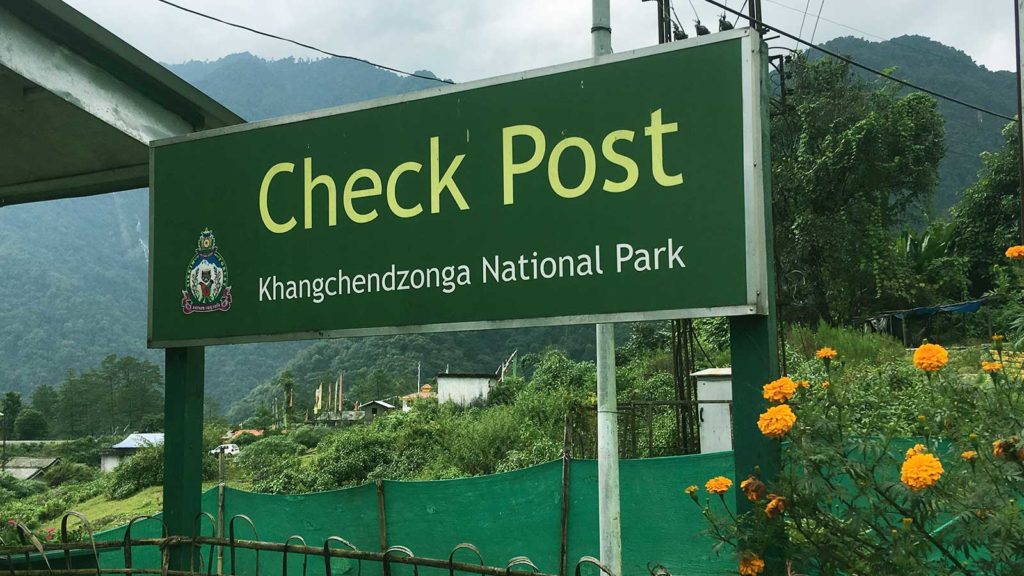
#6) Barter system still in vogue in Assam. At Assam’s Jonbeel Mela, near Morigaon, Guwahati is where the locals from nearby plains and hills come over & the market comes alive with the barter system. The exchange of goods takes place as per one’s need. The three-day long mela (fair) gets the name from the nearby lake Jonbeel.

#7) Asia’s first oil refinery: Digboi is known as the Oil City of Assam. When crude oil was discovered in the late 19th Century, Asia’s very first oil refinery was established here in 1901.
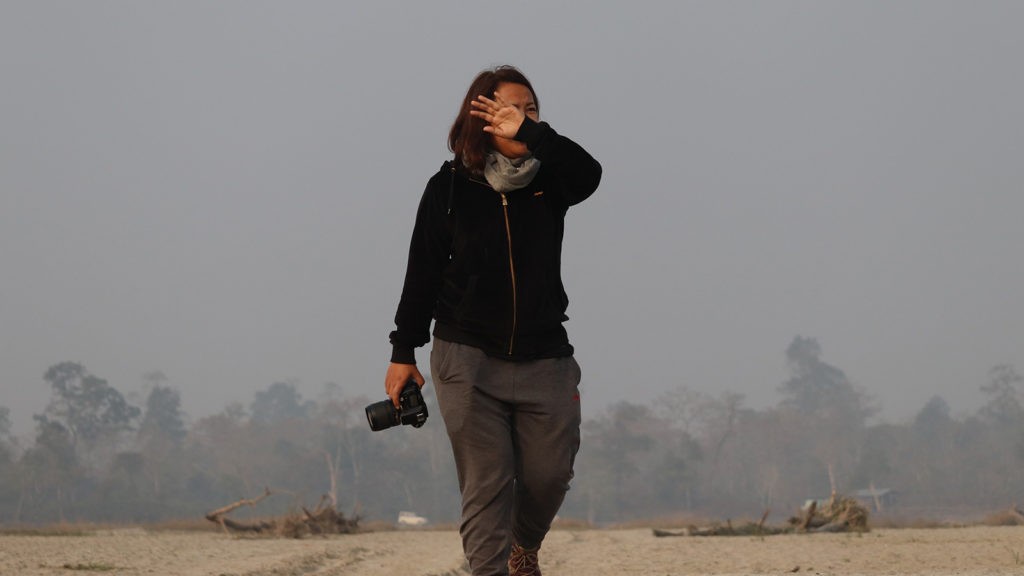
#8) Arunachal Pradesh: Formerly the North-East Frontier Agency, Arunachal Pradesh is situated at the extreme end of Northeast India, and shares its border with Assam, Nagaland, Bhutan, Myanmar & China . The terrain is situated on the Himalayan range (upto 7,000 metres/23,000 ft) with many river valleys like Kameng, Subansiri, Siang (Brahmaputra), Dibang, Lohit and Dihing rivers.
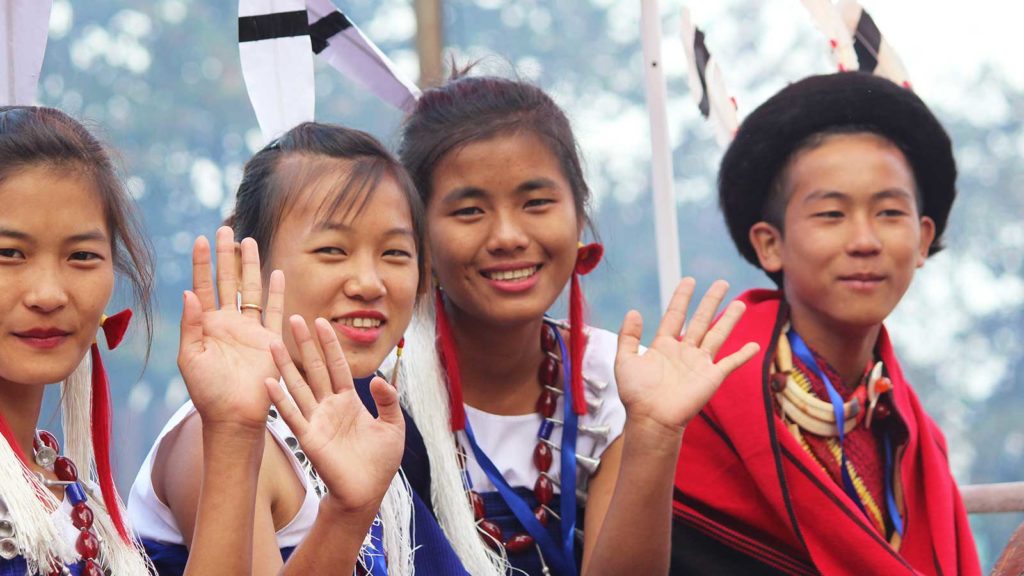
#9) The world’s seven richest biodiversity areas are to be found in Northeast India. As per Myers 2000 report, Northeast India has been identified as one of the world’s seven richest biodiversity areas.
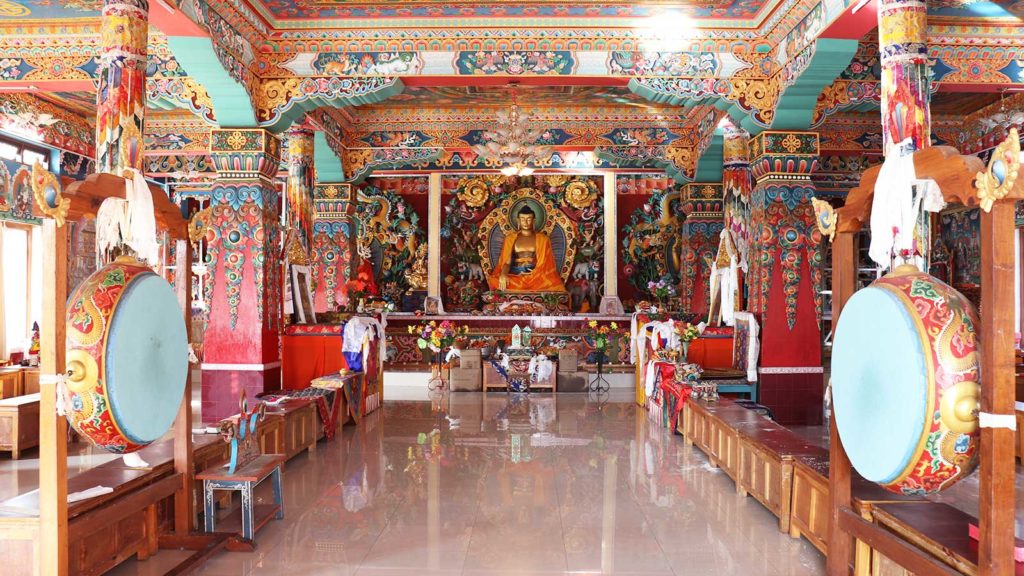
#10) World’s second largest Buddhist monastery is in Tawang. The 400+ year old Golden Namgyal Lhatse Monastery in Tawang, Arunachal Pradesh, is the largest monastery in India and second largest in the world after the Potala Palace in Lhasa, Tibet. It controls over 17 Gompas in the nearby area.

#11) India’s first sunrise happens in Arunachal Pradesh. A remote village named Dong in Arunachal Pradesh is the easternmost place in India and sees the very first sun rays in India. This is a much sought-after scene with people lining up to catch the very first sun rays of the country. A small hike leads to the very spot where one can experience the magical sunrise.
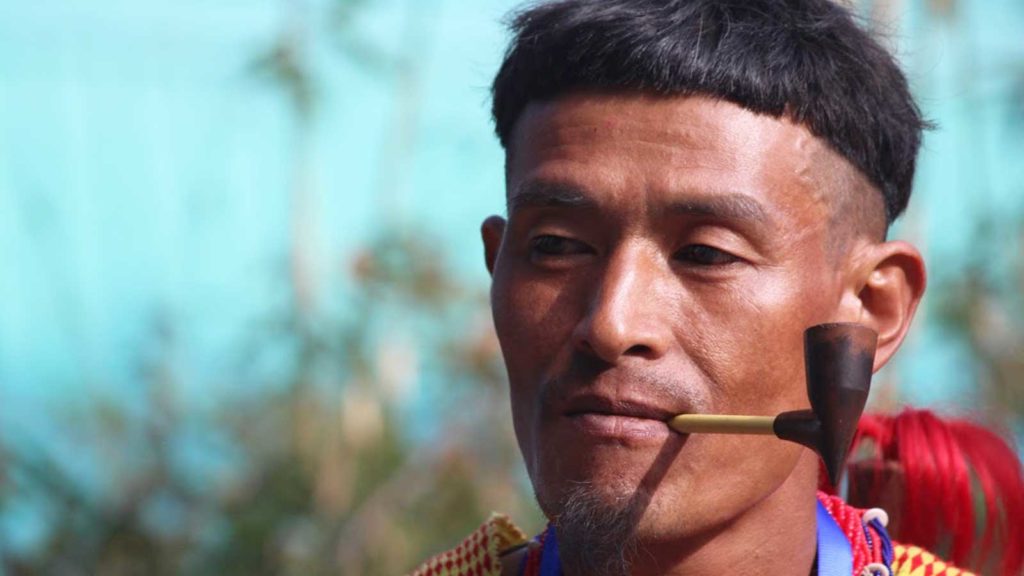
#12) The World’s wettest place (consistently over the years) is found in Meghalaya. Meghalaya, meaning “abode of the clouds”, is home to the top two wettest places on earth, according to Guinness World Records. Also Mawlynnong, the cleanest village of Asia and the country’s highest plunge waterfall can be found here.
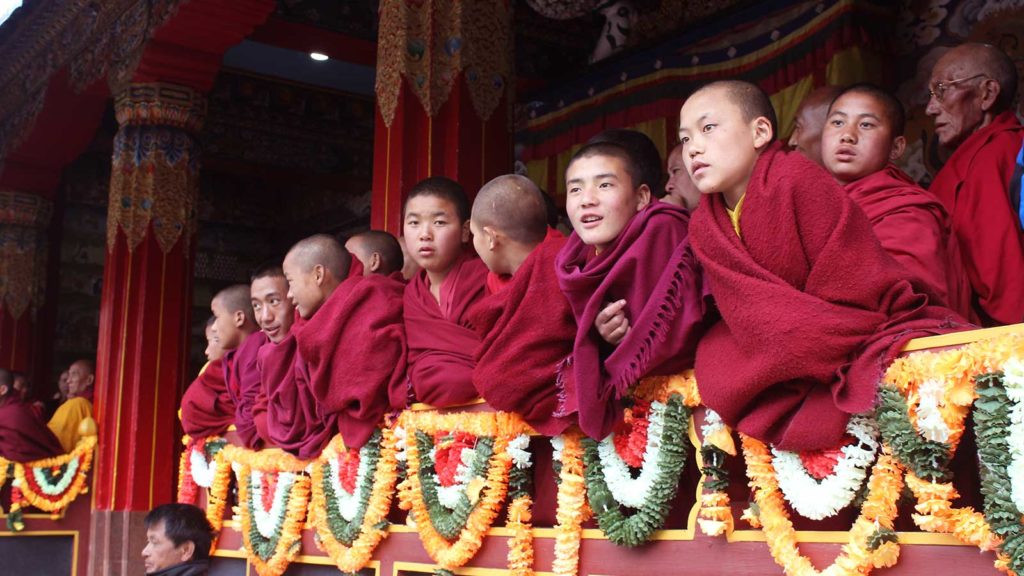
#13) Northeast India has the record for the highest literacy rate. The states report literacy rates that are staggeringly higher than the national average of 74. Amongst all the states, Mizoram has the highest literacy rate of 91.3%.

#14) A Guinness World Record was created in Nagaland for the World’s Largest Electric Guitar Ensemble.
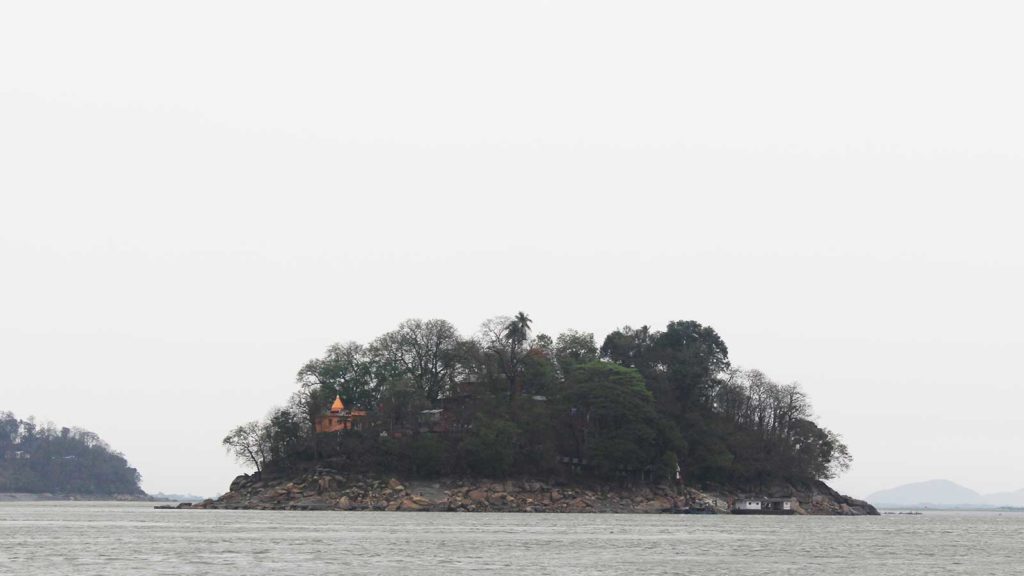
#15) The world’s largest bird migration, which is measured by the Amar falcons, occurs between South Africa to Nagaland in Northeast India. The birds cover the world’s longest migratory route by covering upto a staggering 22,000 km a year. They stay in Nagaland, mostly in Wokha district and nearby villages for a couple of months, then head to South Africa. They cover Mongolia, Siberia, Northern China and Japan on their migratory path.
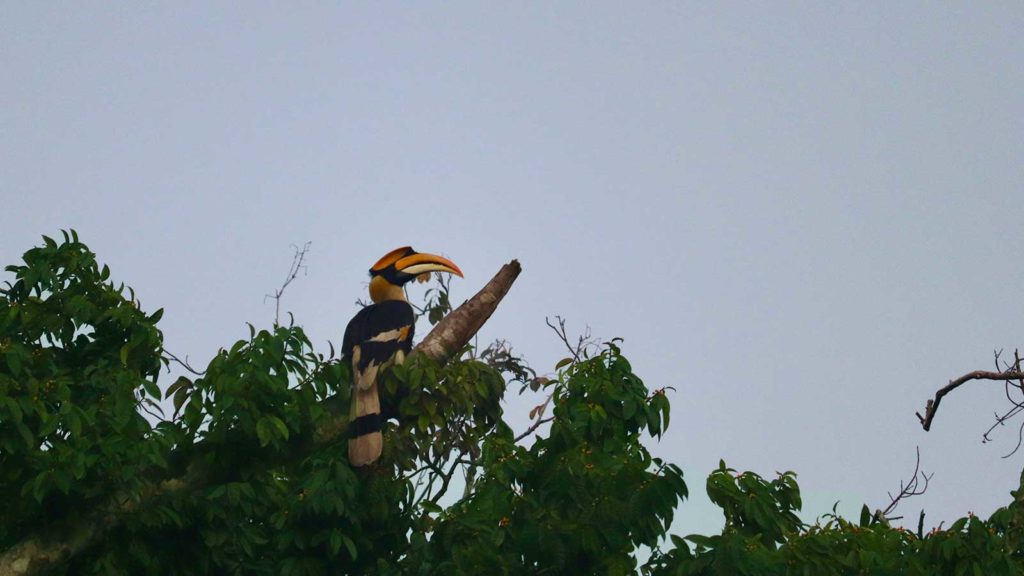
#16) The only all-women market of the world, where only women can set-up shops, can be found in Manipur. At the ‘Ima Market’, women set-up and run shops while men can only participate as customers and make purchases. This shows the importance of gender equality the society places on the practice which dates back to over 500 years.
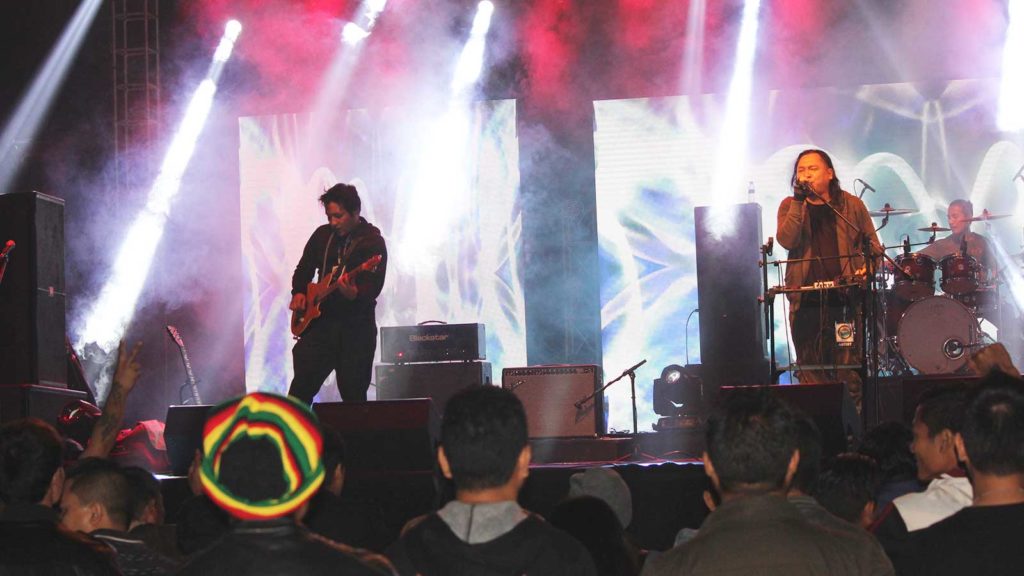
#17) It’s legal to gamble in Sikkim. Sikkim is the country’s first state to have onshore/land-based casinos after it legalised gambling in 2009 to lure visitors. Gambling remains a taboo in many communities across India, and is illegal in most states.
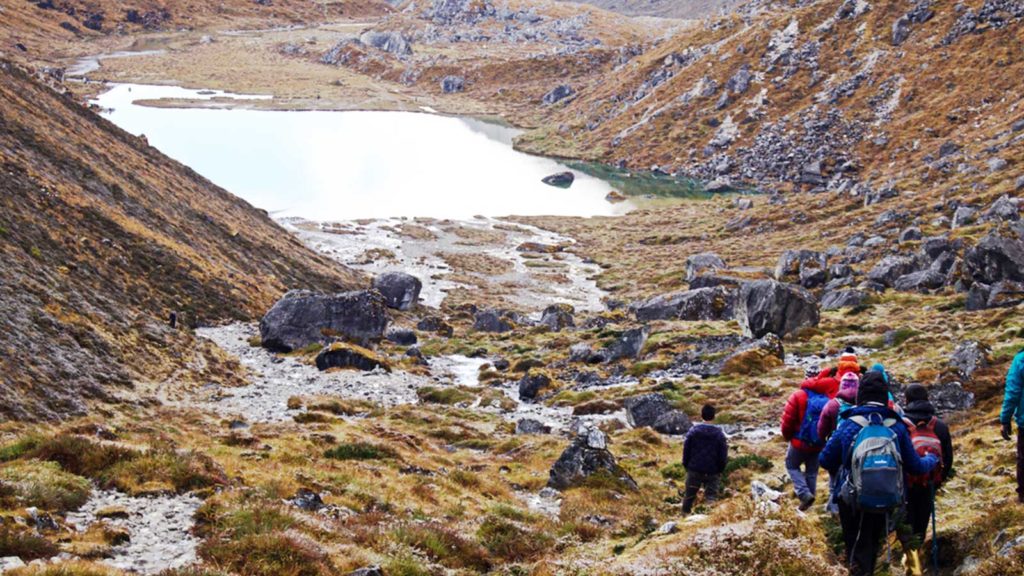
#18) Shops without shopkeepers. Mizo people (residents of Mizoram) are renowned for their honesty, hospitality and serene approach to life. In Mizoram, as per their culture, “Tlawmngaihna” meaning ‘one has to help, be kind hearted to fellow beings without any selfish intentions’. The local shopkeepers, peasants believe and manage running their business/shops with high honesty and leave their shops open for customers whom they hardly come face-to-face with. The practice has given Mizoram people high regard in terms of honesty, trust and people respecting each other more than ever.

#19) Surprisingly, The Mughal Empire (1526–1761) couldn’t occupy Northeast India regions, the only part of India left out during their conquests.
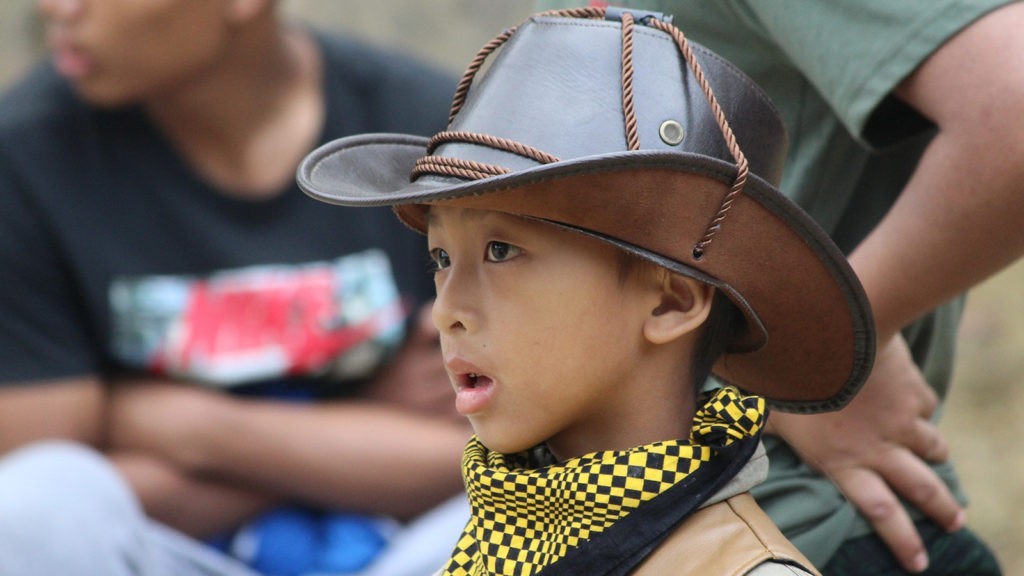
#20) Assam is recorded as the world’s largest tea-growing state, collectively Assam’s contribution is around 1,500 million pounds (680,500,000 kg) of tea. Did you know that during the British Raj, there was a separate time-zone for Assam Tea Gardens termed the Tea Garden Time/Bagan Time/Myanmar Time which was an hour ahead of the IST-Indian Standard Time. Assam is ranked second in tea production (after China).
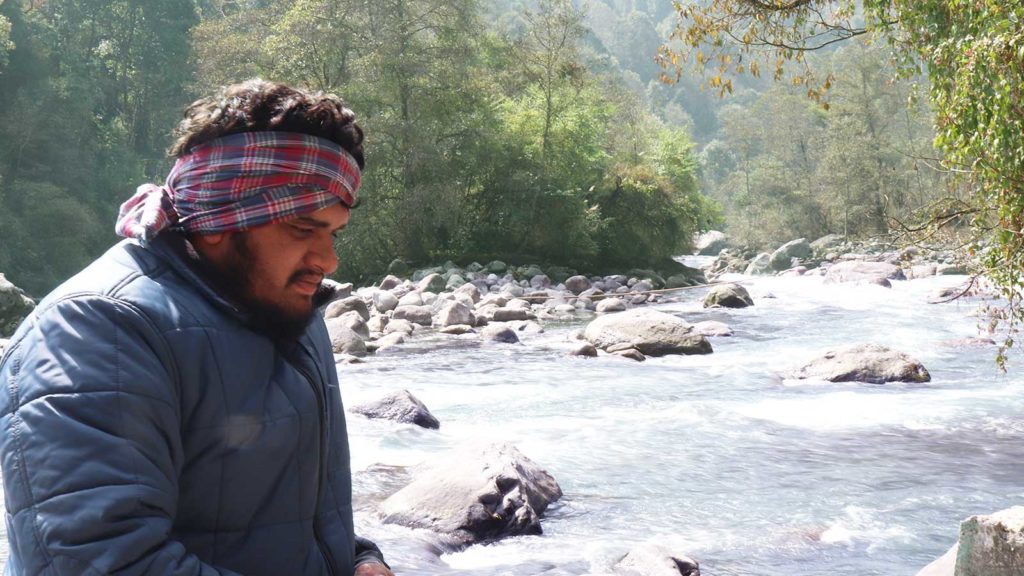
#21) The Brahmaputra river is the only trans boundary international river that flows through 3 countries. It starts at Tibet, China (called Yarlung Tsangpo River) and flows through states of India (called by Brahmaputra/Lohit/Siang/Dihang) and ends at Bangladesh (called Jamuna River). It covers approximately 2,900 km (1,800 mi) and is joined by a couple of other mighty rivers before finally ending its long journey at the Bay of Bengal.
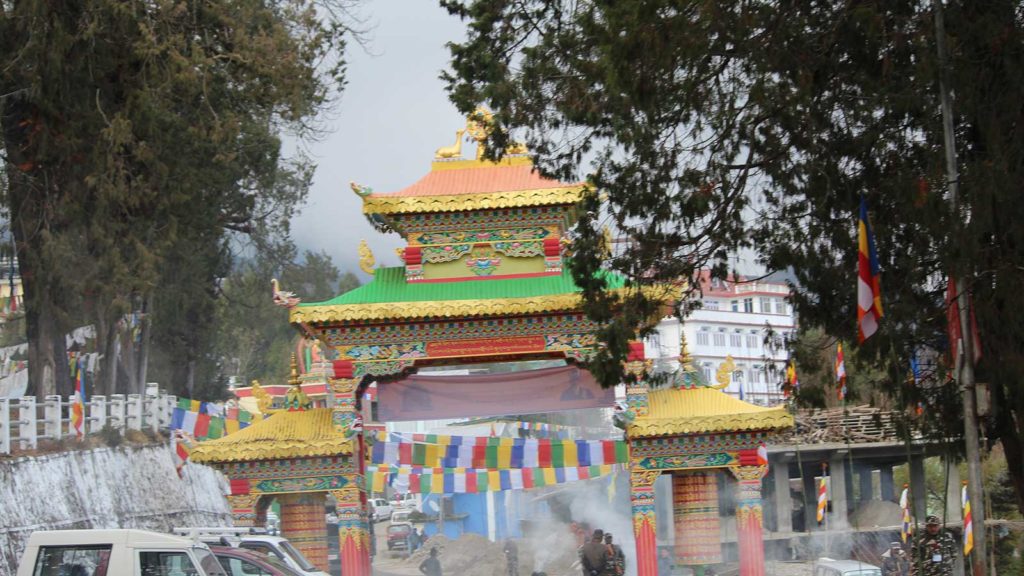
Bonus Point – Asia Cleanest Village – Mawlynnong From Shillong: One can head to Mawlynnong famous for being the ‘Cleanest Village (2003)’ not just in India, but in Asia, as per travel magazine Discover India.
